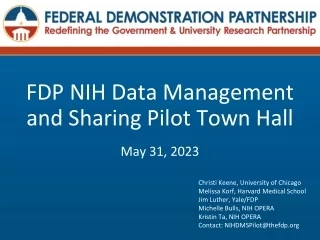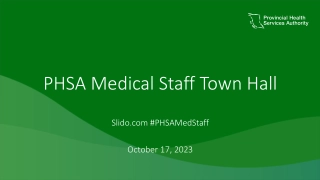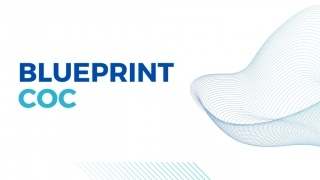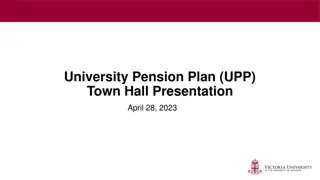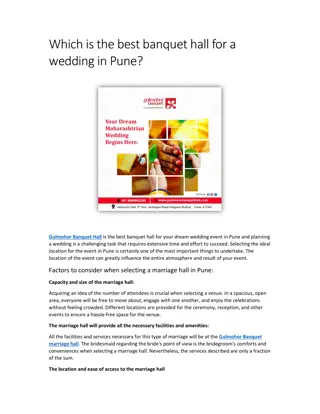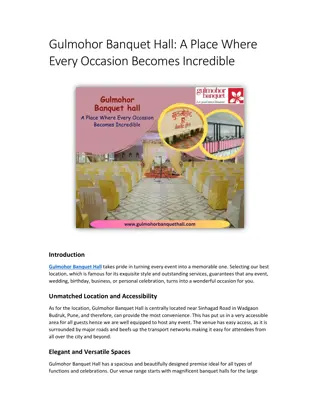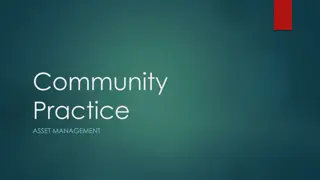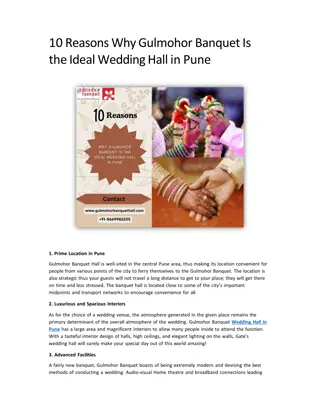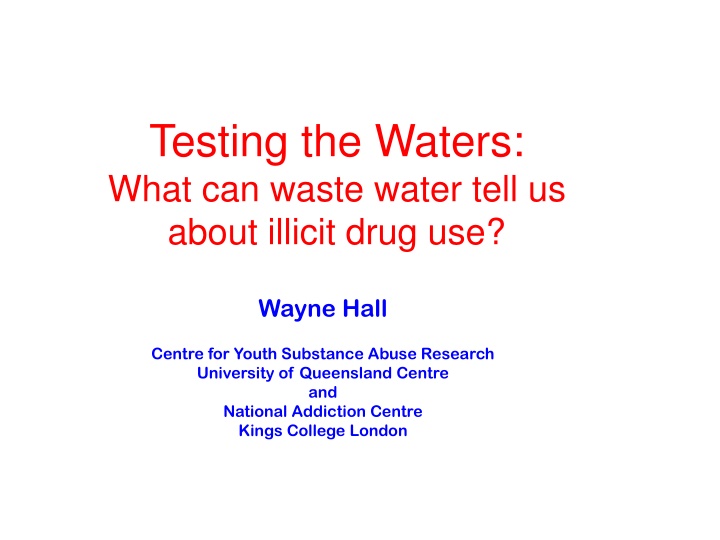
Illicit Drug Use Through Wastewater Analysis
Discover how wastewater analysis can provide valuable insights into illicit drug use, overcoming challenges faced by traditional monitoring methods. Explore the benefits of estimating drug consumption via wastewater and the potential impact on drug use monitoring efforts.
Download Presentation

Please find below an Image/Link to download the presentation.
The content on the website is provided AS IS for your information and personal use only. It may not be sold, licensed, or shared on other websites without obtaining consent from the author. If you encounter any issues during the download, it is possible that the publisher has removed the file from their server.
You are allowed to download the files provided on this website for personal or commercial use, subject to the condition that they are used lawfully. All files are the property of their respective owners.
The content on the website is provided AS IS for your information and personal use only. It may not be sold, licensed, or shared on other websites without obtaining consent from the author.
E N D
Presentation Transcript
Testing the Waters: What can waste water tell us about illicit drug use? Wayne Hall Centre for Youth Substance Abuse Research University of Queensland Centre and National Addiction Centre Kings College London
Why Monitor Illicit Drug Use? Illegality of drug use makes it difficult to Monitor drug use in the population Effects of drug use on users and others Essential to evaluate the effectiveness of: preventive interventions e.g. media campaigns law enforcement efforts to reduce supply Increasing access to treatment
Existing Monitoring Methods Household and school surveys Trends in lifetime and past year use Declining response rate: now under 50% Sampling and response biases Requires large N: a year to report; expensive; 3 yearly Annual surveys of sentinel populations: Illicit Drug Reporting System Ecstasy Related Reporting System Good data on patterns of heavy users Uncertain who they represent Depend upon self-report of what drugs used Drug Use Monitoring of prisoners All regular users so much higher rates of recent use
Wastewater (WWA) Analysis of Illicit Drugs (Daughton, 2001) Illicit drugs can be detected using LC-MS in ng/L Levels can be used to back-calculate Total quantity of drug consumed in WW catchment Potentially rates of illicit drug use in catchment population Provides estimates of drug use: that do not depend on self-report cover drug use in the population of WW catchment in principle, near real time and continuous probably cheaper than population surveys provide a useful adjunct to survey methods
Estimating illicit drug consumption via WWA Population (N )who contribute to sample A given catchment CDR X F Est. mg/day/1000 people Drug intake = X CF P Correction factor (excreted/consumed) F (L/s) Excretion as parent drugs and/or metabolites Sewage treatment plant (STP) Inlet Toilet flushing Sampling CDR (ng/L g/L) Sample extraction and analysis Measured Assumed Estimated Prepared by F.Y. Lai (ENTOX, UQ)
Technical Challenges 1 Waste water sampling Need good estimate of daily excretion Must specify sampling frequency and volume Depends on nature of waste water system Deciding which chemicals to measure residues i.e. unmetabolised drug? metabolites, preferably unique? Ideally do both : to triangulate estimates
Technical Challenges 2 Analytical issues Average rates of excretion of drug (CF) Rate of degradation of drugs in WW systems Back-calculation of per capita consumption Composition of the catchment population N, age, sex: using biomarkers? How many light vs regular drug users? What is the average dose used? Has drug purity changed?
Potential Benefits for Monitoring Useful in monitoring illicit drug use Useful in evaluating Supply control Prevention Demand reduction Harm reduction Information of value to illicit drug users What drugs are they using? What are their possible risks?
Support for Utility Rank ordering of metabolites in WW: Cannabis > MDMA> cocaine Temporal variations in levels: Over weekends vs other days of week : cannabis & heroin stable; > cocaine & MDMA weekends Reduction between 2007 and 2009 in Milan (GFC) Geographic variations within countries: Usually higher levels in large cities Rank order concordance with survey prevalence Sometimes higher in WW estimates .
Greatest consumption on Fridays and Saturdays Decline in cocaine use between 2009 and 2010 Increase in methamphetamine use 2009 to 2010 10
Three geographic locations Inland semi-rural area Coastal urban area Island holiday area Two time periods Christmas/New Year Holidays (23/12-3/3) Control period (26/2-3/3) 11
Spatial variation / musical event 23rd Dec 2010 4th Jan 2011 D Musical events Meth- Cocaine 500 500 amphetamine 400 400 Estimated consumption C (mg/day/1000 people) 300 300 200 200 Vacation destination 100 100 B 0 0 A B C D A B C D 5000 1500 MDMA THC 4000 1000 Semi-rural 3000 500 500 2000 250 1000 0 0 A A B C D A B C D Urban office of public policy and ethics Lai et al. preparing manuscript
Ethical Issues in Population Surveillance Promising evidence for potential benefit in catchment areas of 100,000+ Consent is not an issue: Ethics committees do not require it Impossible to obtain it Neither is privacy: Individuals are not identified No direct risk to individuals from study results Ethics review committees have waived review But some critics uneasy
Ethical Issues in Population Surveillance Possible adverse consequences of findings? Stigmatisation of residents of sampled areas? Economic consequences for businesses? Arguably no more harmful than existing data surveys , police arrests or tabloid stories? better data on use may moderate claims Strategies for mitigation: Anonymity in reporting study sites? Sampling only in areas with elevated drug use Researchers being clear about study limitations
Special Settings Clubs, pubs, schools and workplaces etc Individuals not identified but fewer of them Possible advantages? Less intrusive than other options Urinalyses, cell searches, drug dogs? Possible disadvantages More variability in estimates Need many more fine-grained observations Possible adverse consequences of findings Sampling likely to be resisted e.g. owners, unions Stigmatisation of patrons, residents of locales?
6 day annual music festival 2010 and 2011 festivals analysed Cannabis, cocaine, methamphetamine, MDMA, Benzylpiperazine, mephedrone and methylone 16
Fewer positive samples for emerging illicits in 2011 than 2010 17
WWA in Drug law Enforcement Individual surveillance an unrealistic concern: Technical limitations of WWA Proving that X is the drug user WWA is resource and expertise intensive Overkill to use WWA to detect illicit drug use Drugs in possession much better evidence
Better uses of WWA To estimate the size of illicit drug markets which drugs are most often used? time trends in their use To identify new psychoactive substances & set LE priorities Which new drugs are being most widely used? Is their use increasing? Monitor alcohol consumption: As an alternative to self-reported alcohol use and sales data Catchments covering entertainment precincts Time series with injuries, assaults and arrests
Conclusions WWA is a promising method for monitoring population illicit drug use Emerging new psychoactive substances Alcohol use in population Possibly drug use in prisons Technical issues to be solved Likely a very useful addition to survey methods A potentially important public health innovation Ethical issues: Privacy and consent not major issues May be much less intrusive than some current methods Use in some settings requires more debate prisons, schools, workplaces
Acknowledgments Environmental toxicology: Foon Yin Lai, Phong Thai, and Jochen Mueller Sewage engineering: Christoph Ort Environmental public health: Coral Gartner Law: Jeremy Prichard Forensic and legal toxicology: Paul Kirkbride Epidemiology: Raimondo Bruno and Wayne Hall

